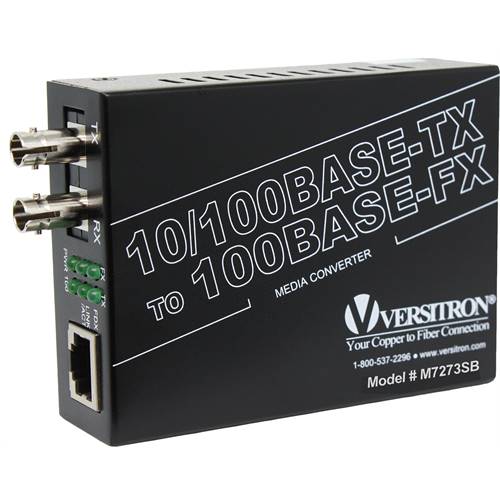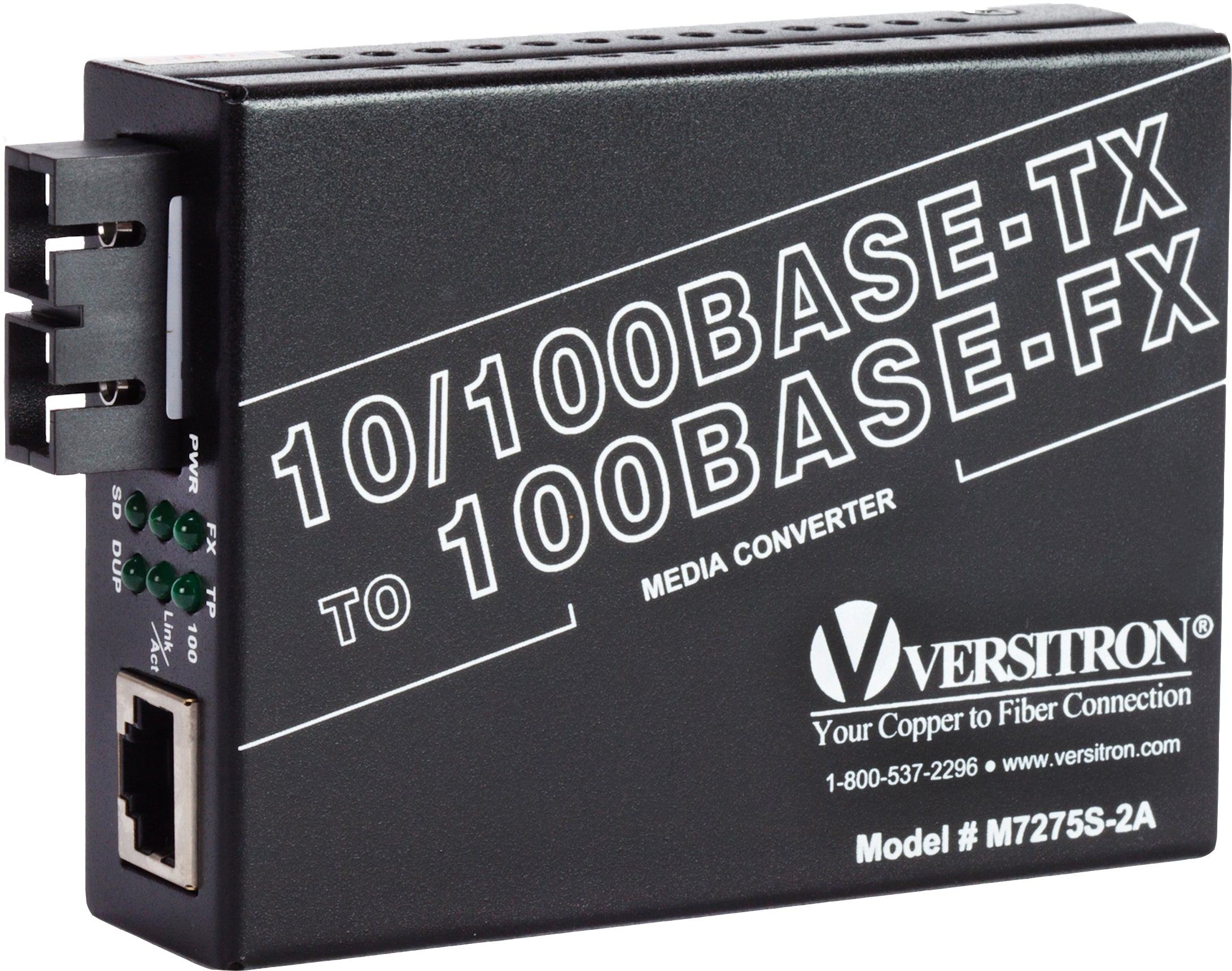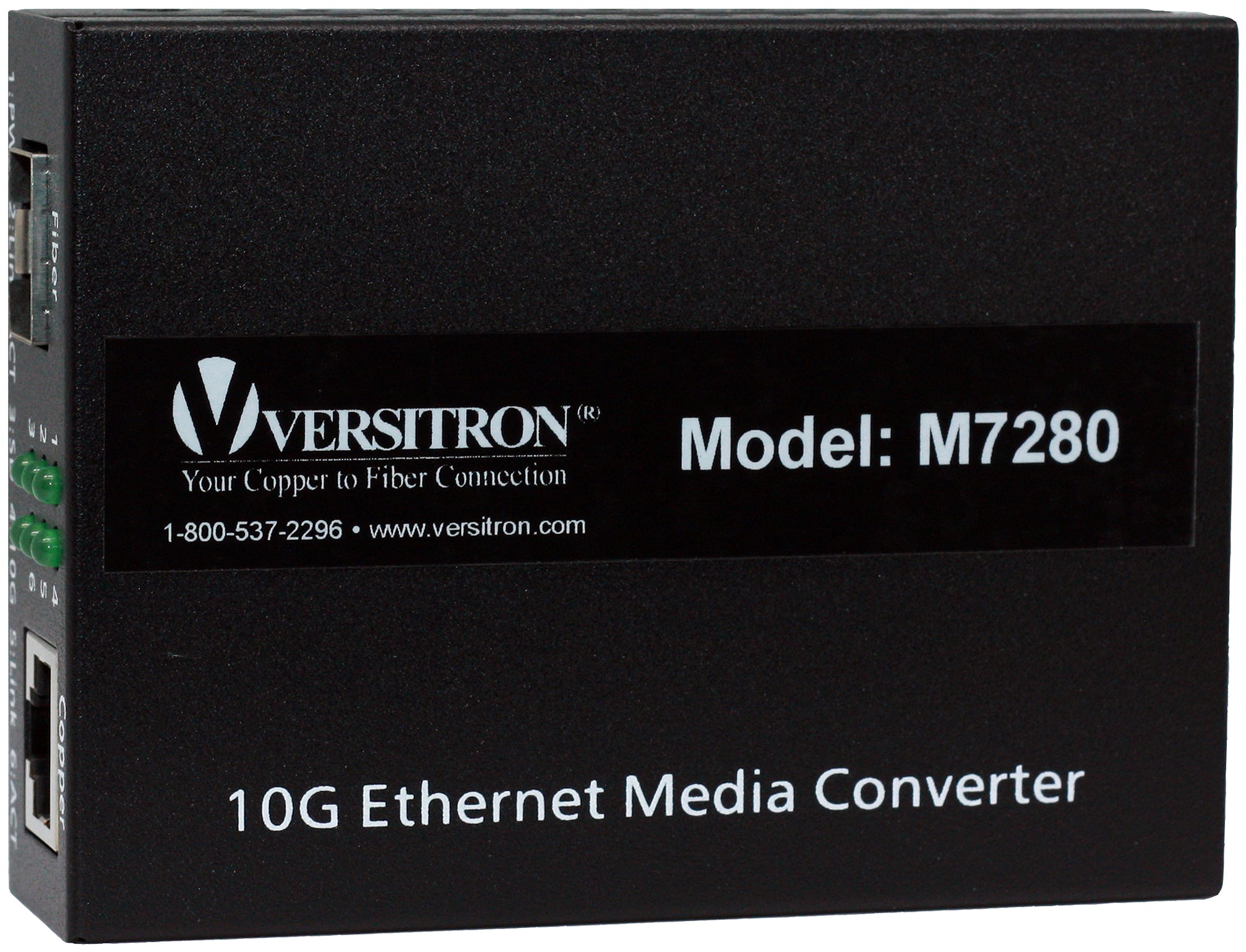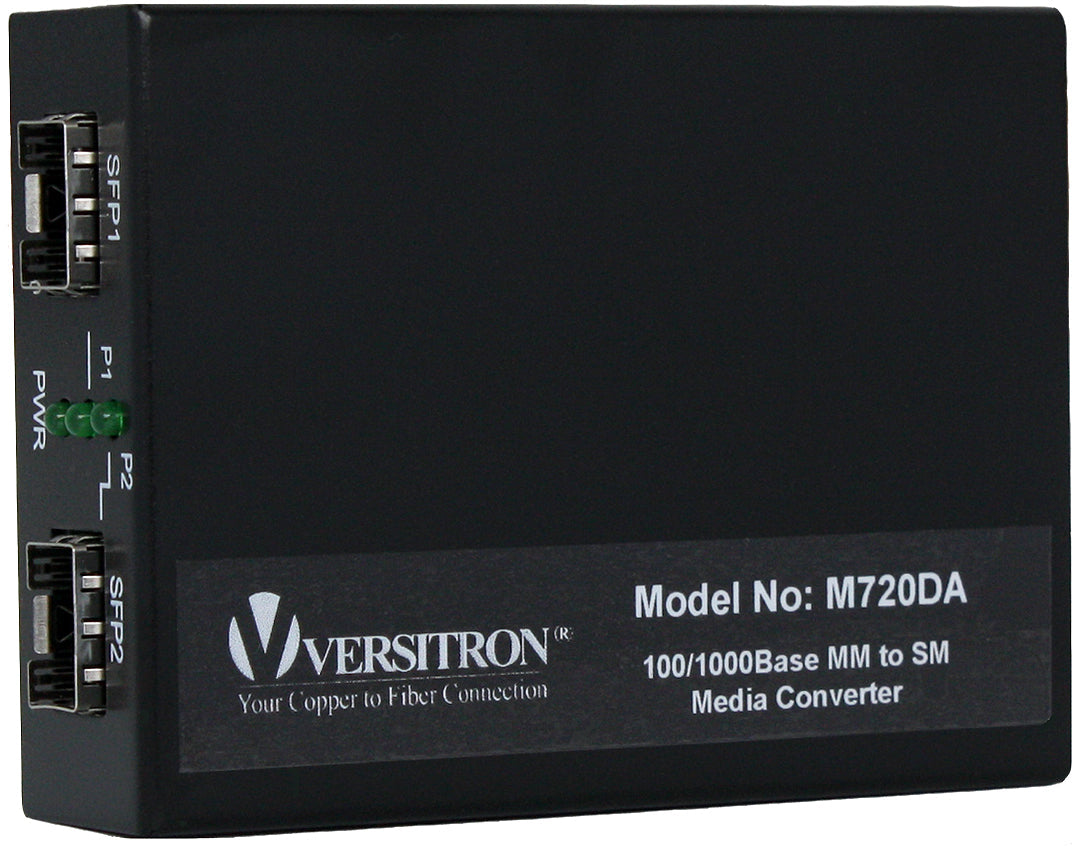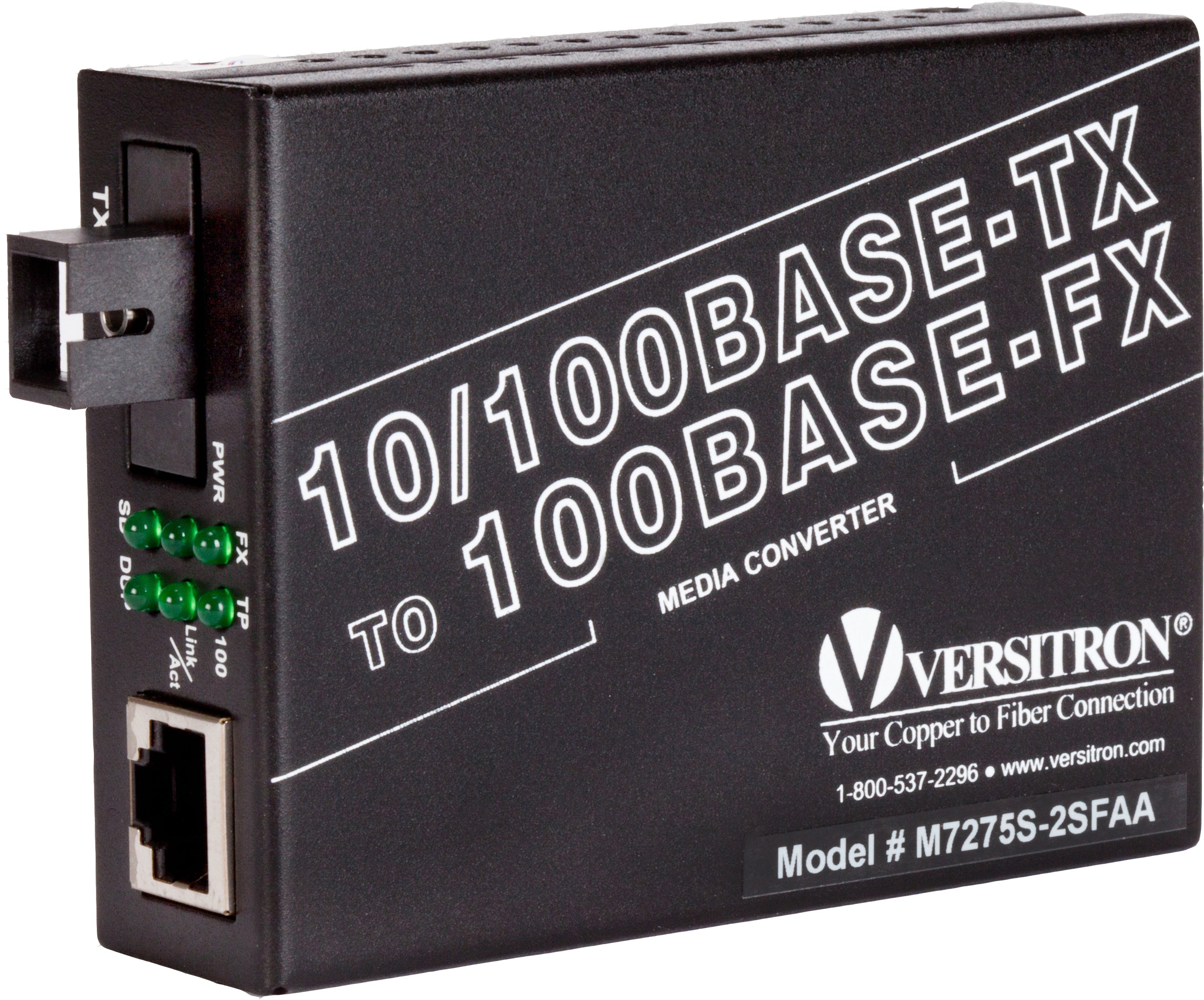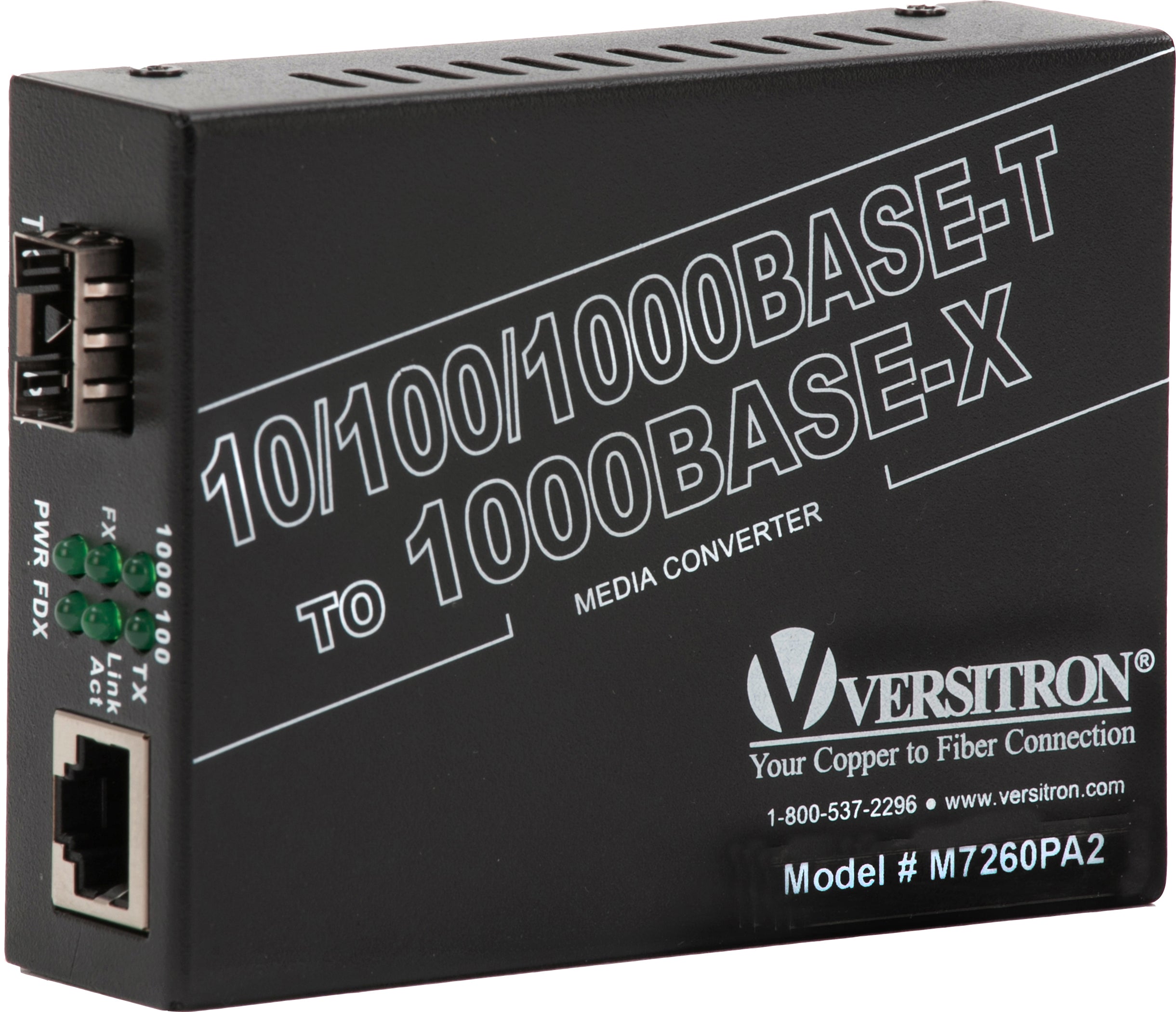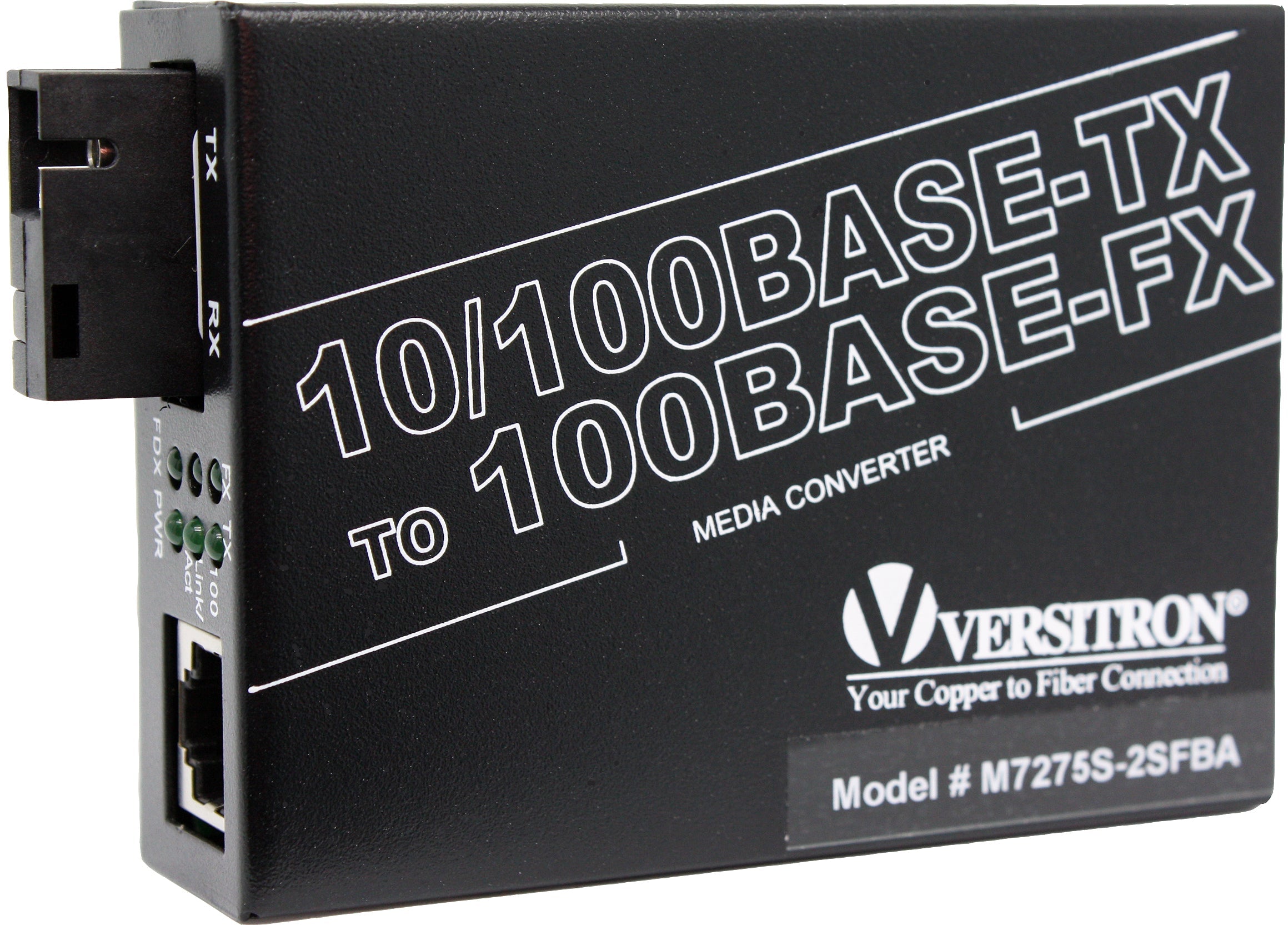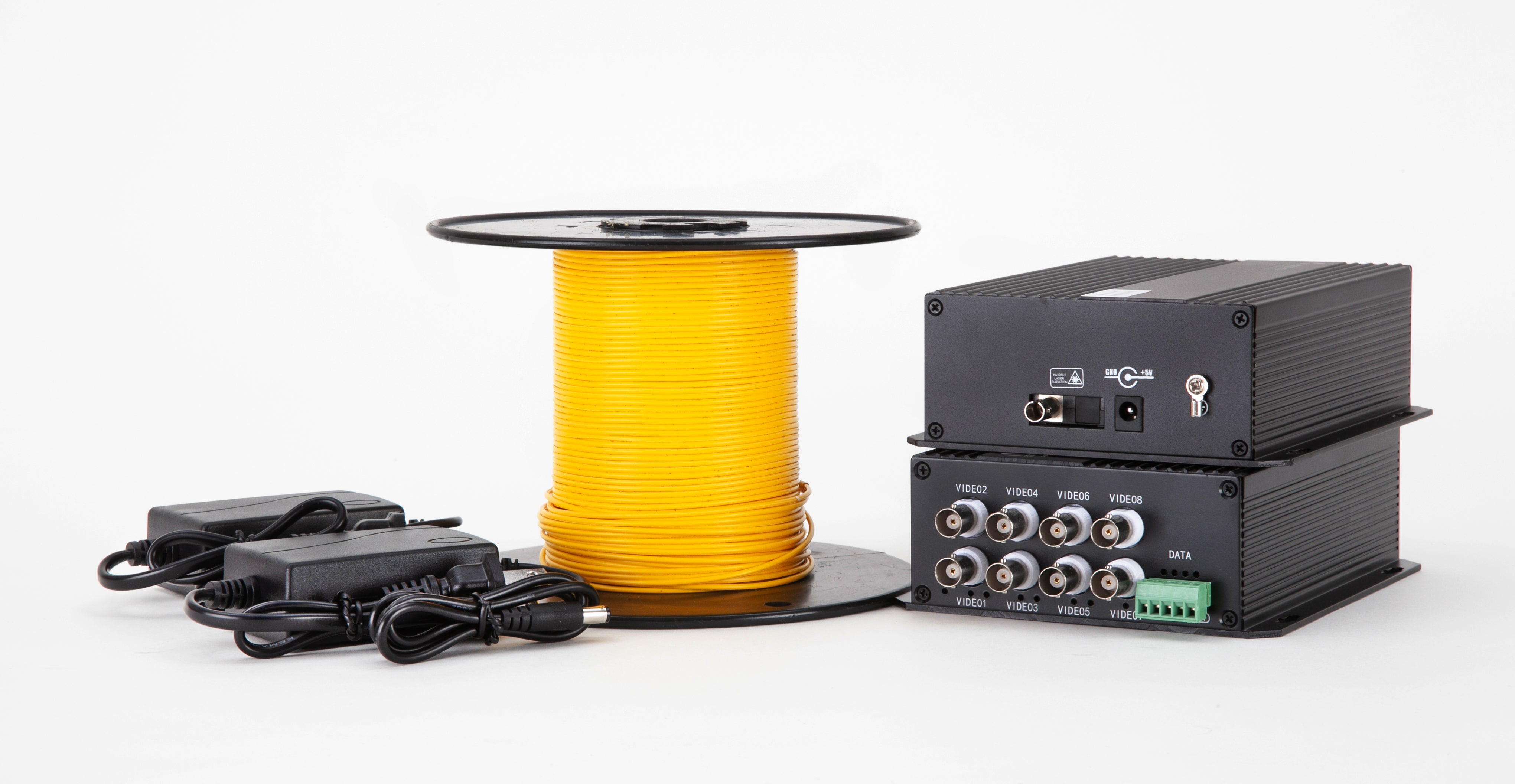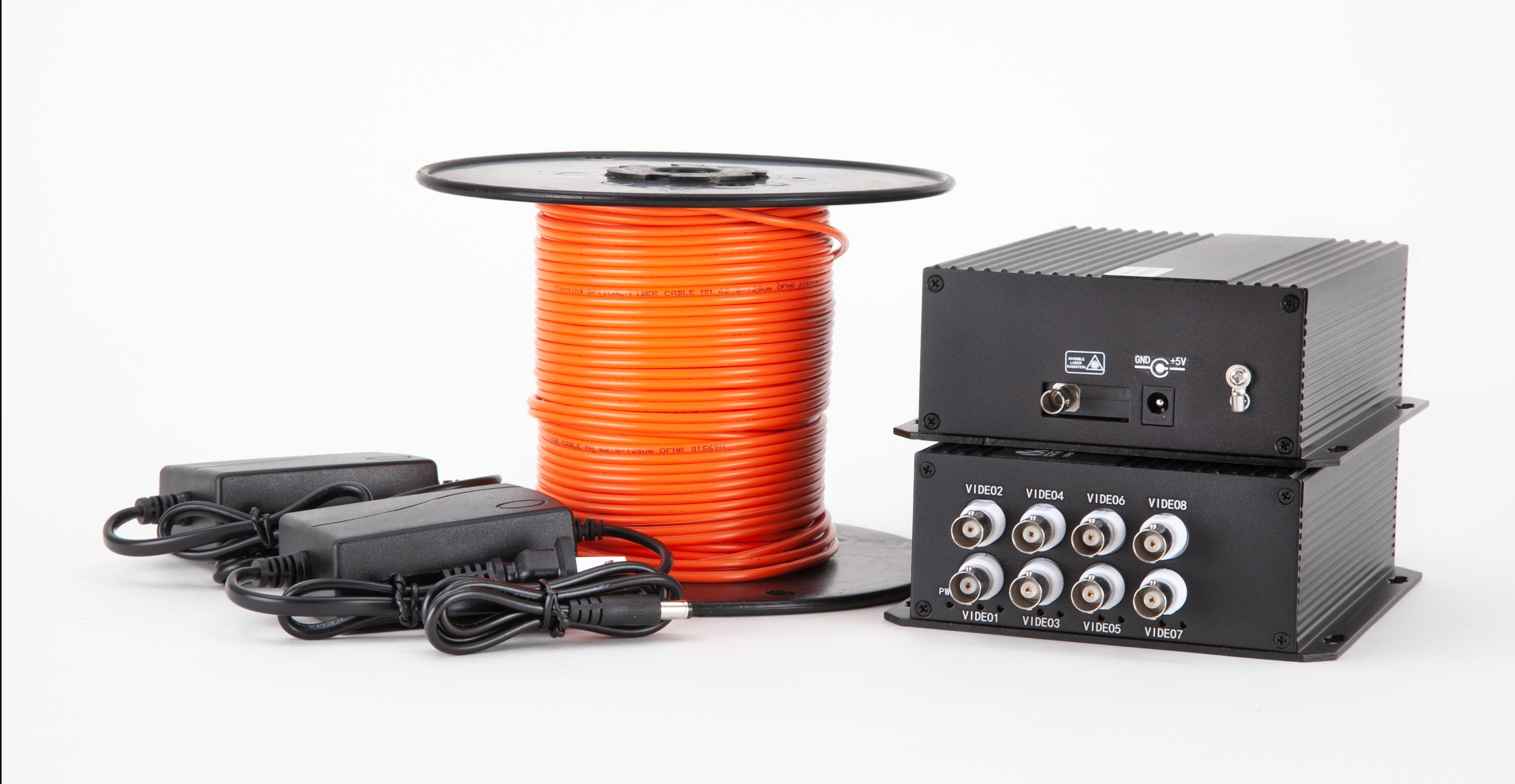Video surveillance systems have gained prominence over the years at residential as well as business levels. They were always a part of critical applications such as defense. Many businesses, especially small scale ones may not keenly implement a surveillance system. However, it is essential in the current times.
The importance of surveillance can’t be understated as its fundamentally important to ensure the overall safety of your possessions, critical data, as well as employees.
HD and IP cameras are the types of video surveillance systems commonly used today. Both the systems are gaining significant momentum owing to the beneficial features that they offer. They fit as the superior alternative to the analog security camera systems, and both have their own strengths. No matter whether you choose HD or IP cameras, it’s hard to ignore the growing interest in these devices. This post discusses HD and IP cameras in detail.
What is an IP Camera?
Internet Protocol (IP) cameras often called network camera, an IP camera captures video images, compresses and transmits it in digital form over the internet using cables. Each camera has a unique IP address. The recorder has been configured with specific IP addresses to capture video streams and store them onto the NVR camera system.
This video surveillance system represents a vast improvement over analog cameras in terms of improved image and video resolution, digital zoom and progressive scanning, adjustable frame rates, and many more. An important aspect when using this system is that the user must be thorough with networking systems and concepts.
What is an HD Camera?
The term high definition implies clarity in images and videos. This helps in gathering evidence from surveillance systems in important situations. HD cameras can be used for digital as well as analogue video surveillance systems. This is a perfect option for those who already have an analog security system, but want better resolution for their surveillance photos and videos.
In the simplest way, HD cameras combine IP and analog technologies. It is also called a high definition composite video interface (abbreviated as HDCVI). You can transfer videos wirelessly with the help of wireless HD transmitters and receivers. In this case, an HDMI video system is used.
What is the Difference Between HD Cameras and IP Cameras?
When comparing IP cameras vs HD cameras, the key difference lies in how they process, transmit, and store the footage. IP cameras store the transmit it over the internet, while HD cameras require a connection to a recoder for storage and view the footage.
The following differences between these two video surveillance systems will help you better understand their benefits in distinct applications.
- Resolution: IP camera systems have 1080 pixels’ resolutions and continue to advance with 12 or more megapixels. HD analog cameras have both 1.3 (720p) and 2 megapixels (1080p) resolutions. Though these are the lowest HD resolutions available, for many businesses, these pixel ranges are enough for good quality photos and videos.
- Storage: Most of the IP cameras make use of SD cards to offer onboard storage for added redundancy in the event of a network outage. On the other hand, video storage is not available with HD analog cameras.
- Cabling: HD analog cameras make use of coaxial cabling, making them preferred choice for businesses that don’t want to replace their analog system and existing cables. Coaxial cabling is known for their long reach and can run over 500 meters during an install. On the other hand, IP cameras run on CAT 5/6 cabling, which is limited to approximately 100 meters.
- Setup: HD analog cameras do not require any network configuration or setting adjustments that IP cameras do. Thus, they are easier to set up than IP cameras. Based on the type of camera you use; some basic adjustments can be achieved on HD analog cameras through an On-Screen Display (OSD) accessed or the Coax (UTC) controls directly on the camera body.
- Maintenance and Security: Today, cybersecurity is a major concern for many businesses especially when choosing a new security system. As discussed earlier, IP cameras can be accessed directly through the internet, so they are subject to data theft and thus more vulnerable from the security aspect. On the other hand, HD analog cameras are more secure as they run on a closed circuit and don’t have an IP address. As there will always risk when using IP cameras, there are some steps that need to take to strengthen your IP devices against attacks including firewalls, strong passwords, and keeping the camera firmware up to date. Since there is no software on HD cameras, they don’t require firmware updates. Having said that, they are easier to maintain than IP cameras.
- Cost: IP cameras are more expensive than analog cameras. Though the price of IP cameras continues to drop, the overall cost may be less than estimated due to low costs for cabling, recording equipment, and more. The cost can also be varied by installing IP cameras with the existing cabling infrastructure using extenders and media converters.
HD vs. IP Camera: Features Comparison Summary
|
Feature |
HD Cameras |
IP Cameras |
|
Resolution |
720p to 1080p |
1080p to 12+ megapixels |
|
Storage |
No onboard storage |
SD card for onboard storage |
|
Cabling |
Coaxial |
CAT 5/6 |
|
Setup |
Easier setup, no network configuration |
Requires network configuration |
|
Maintenance |
No firmware updates |
Firmware updates required |
|
Security |
More secure, closed circuit |
Vulnerable to cyber attacks |
|
Cost |
Less expensive |
More expensive |
Why are IP Cameras the Best Choice for Your Business?
IP cameras offer superior image quality, effortless installation, remote access, broad device compatibility, and versatile storage options, including local and cloud storage.
They ensure secure and convenient surveillance, making them an ideal choice for businesses seeking clarity, accessibility, and reliability in their security systems.
With crisp visuals, seamless integration, and flexible storage solutions, IP cameras provide businesses with enhanced monitoring capabilities and peace of mind.
FAQs
Video surveillance systems, essential for both residential and business applications, play a crucial role in ensuring the overall safety of possessions, critical data, and employees. Businesses, regardless of their scale, find surveillance systems indispensable for security purposes.
HD and IP cameras are common types of video surveillance systems, gaining momentum due to their superior features compared to analog security camera systems. Both systems offer distinct strengths, making them preferable alternatives in the current market.
The differences between HD and IP cameras include resolution, storage options (SD cards for IP cameras), cabling (coaxial for HD cameras and CAT 5/6 for IP cameras), setup complexity (IP cameras requiring network configuration), maintenance and security considerations (IP cameras being more vulnerable to cyber threats), and cost (IP cameras being generally more expensive).
Factors include resolution, storage options, cabling, setup complexity, maintenance, security considerations, and cost. HD cameras enhance clarity, while IP cameras offer advanced features like remote access and analytics.
Cybersecurity is crucial for systems, especially for IP cameras. Measures include strong passwords, regular firmware updates, firewalls, and network monitoring. HD analog cameras, operating on a closed circuit, offer a more secure alternative.
IP cameras are generally more expensive than HD analog cameras. Although IP camera prices are decreasing, the overall cost may be lower than estimated due to factors like cabling, recording equipment, and more. Costs can vary, and installing IP cameras with existing cabling infrastructure using extenders and media converters can impact the overall expenses.




